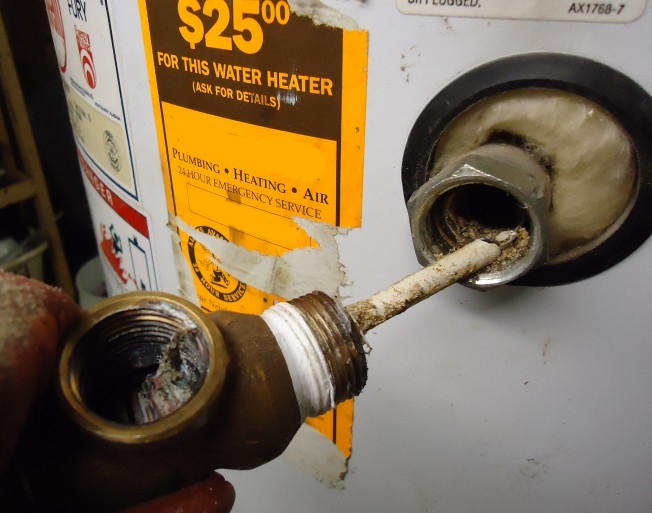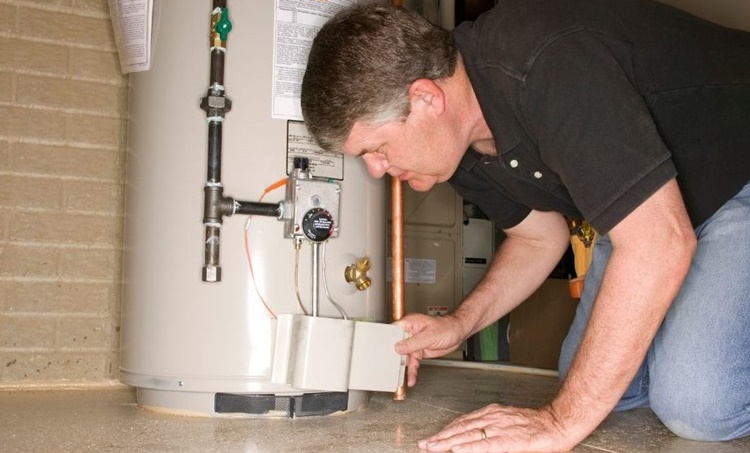Ways to Prolong the Lifespan of Your Home's Hot Water System By MaintenanceMaintaining Your Home's Hot Water System: Essential Guidelines
Ways to Prolong the Lifespan of Your Home's Hot Water System By MaintenanceMaintaining Your Home's Hot Water System: Essential Guidelines
Blog Article
How do you feel when it comes to What Kind of Maintenance Do Water Heaters Need??

Warm water is necessary for everyday comfort, whether it's for a revitalizing shower or cleaning dishes. To guarantee your hot water system runs successfully and lasts longer, normal maintenance is crucial. This short article gives functional suggestions and insights on just how to preserve your home's warm water system to prevent disturbances and pricey repairs.
Introduction
Preserving your home's hot water system may appear challenging, yet with a few straightforward steps, you can ensure it operates efficiently for several years to come. This guide covers every little thing from understanding your hot water system to do it yourself maintenance ideas and knowing when to employ professional help.
Importance of Keeping Your Warm Water System
Routine maintenance not only expands the life expectancy of your warm water system however likewise ensures it runs successfully. Ignoring upkeep can bring about lowered efficiency, greater energy bills, and also early failing of the system.
Indicators Your Hot Water System Needs Upkeep
Recognizing when your hot water system needs interest can protect against major issues. Watch out for indicators such as inconsistent water temperature level, odd sounds from the heater, or rusty water.
Understanding Your Warm Water System
Before diving into upkeep tasks, it's valuable to comprehend the standard parts of your hot water system. Usually, this consists of the water heater itself, pipes, anode poles, and temperature level controls.
Month-to-month Upkeep Tasks
Regular regular monthly checks can aid catch minor problems prior to they escalate.
Flushing the Hot Water Heater
Purging your hot water heater gets rid of sediment buildup, enhancing effectiveness and extending its life.
Monitoring and Changing Anode Rods
Anode rods avoid corrosion inside the storage tank. Checking and changing them when broken is important.
Checking and Readjusting Temperature Settings
Adjusting the temperature settings ensures ideal performance and security.
Do It Yourself Tips for Upkeep
You can execute numerous upkeep jobs yourself to keep your hot water system in leading problem.
Looking for Leakages
Regularly inspect pipelines and connections for leaks, as these can result in water damage and higher expenses.
Examining Pressure Relief Valves
Evaluating the pressure safety valve ensures it works correctly and protects against excessive pressure accumulation.
Protecting Pipelines
Protecting hot water pipelines reduces warm loss and can save power.
When to Call a Specialist
While do it yourself maintenance is helpful, some issues call for professional competence.
Facility Concerns Requiring Professional Aid
Instances consist of significant leakages, electric troubles, or if your hot water heater is consistently underperforming.
Regular Professional Upkeep Benefits
Professional maintenance can include extensive evaluations, tune-ups, and making sure compliance with safety criteria.
Verdict
Normal upkeep of your home's warm water system is crucial for performance, long life, and price financial savings. By complying with these ideas and understanding when to seek specialist aid, you can make certain a trusted supply of warm water without unanticipated disturbances.
How to Maintain an Instant Hot Water Heater
Before tinkering with your hot water heater, make sure that it’s not powered on. You also have to turn off the main circuit breaker and shut off the main gas line to prevent accidents. Also turn off the water valves connected to your unit to prevent water from flowing into and out of the appliance. 2. When you’re done, you have to detach the purge valves’ caps. These look like the letter “T” and are situated on either side of the water valves. Doing so will release any pressure that has accumulated inside the valves while at the same time avoid hot water from shooting out and burning your skin. 3. When the purge valves’ caps are removed, you have to connect your hosing lines to the valves. Your unit should have come with three hoses but if it didn’t, you can purchase these things from any hardware or home repair shops. You can also get them from retail stores that sell water heating systems. Read the user’s manual and follow it to complete this task properly. When the hosing lines are connected, open the purge port’s valves. 4. You should never use harsh chemical cleaners or solutions when cleaning your unit. Make use of white vinegar instead. It should be undiluted and you’ll probably use about 2 gallons. 5. Now flush your water heater. This task should probably take about 40 minutes. We can’t give you specific directions for this because the procedure is carried out depending on the type, model and brand of your heater. With that being said, refer to the user’s manual. 6. When you’re done draining the unit, you have to turn off the purge port valves again. Remove the hosing lines that you earlier installed on each of the water valves. Put the valve caps (purge port) back in their respective places and be very careful so as not to damage the rubber discs that are found inside these caps. 7. Now that everything’s back in place, check your user’s manual again to find out how to reactivate your water heating system. 8. Once it is working, turn one of your hot water faucets on just to let air pass through the heater’s water supply pipes. Leave the tap on until water flows smoothly out of it. https://www.orrplumbing.com/blog/2014/september/how-to-maintain-an-instant-hot-water-heater/

As a keen person who reads on Tips on Maintaining a Water Heater, I thought sharing that blog post was smart. Sharing is caring. Helping people is fun. We thank you for your readership.
Check This Out Report this page